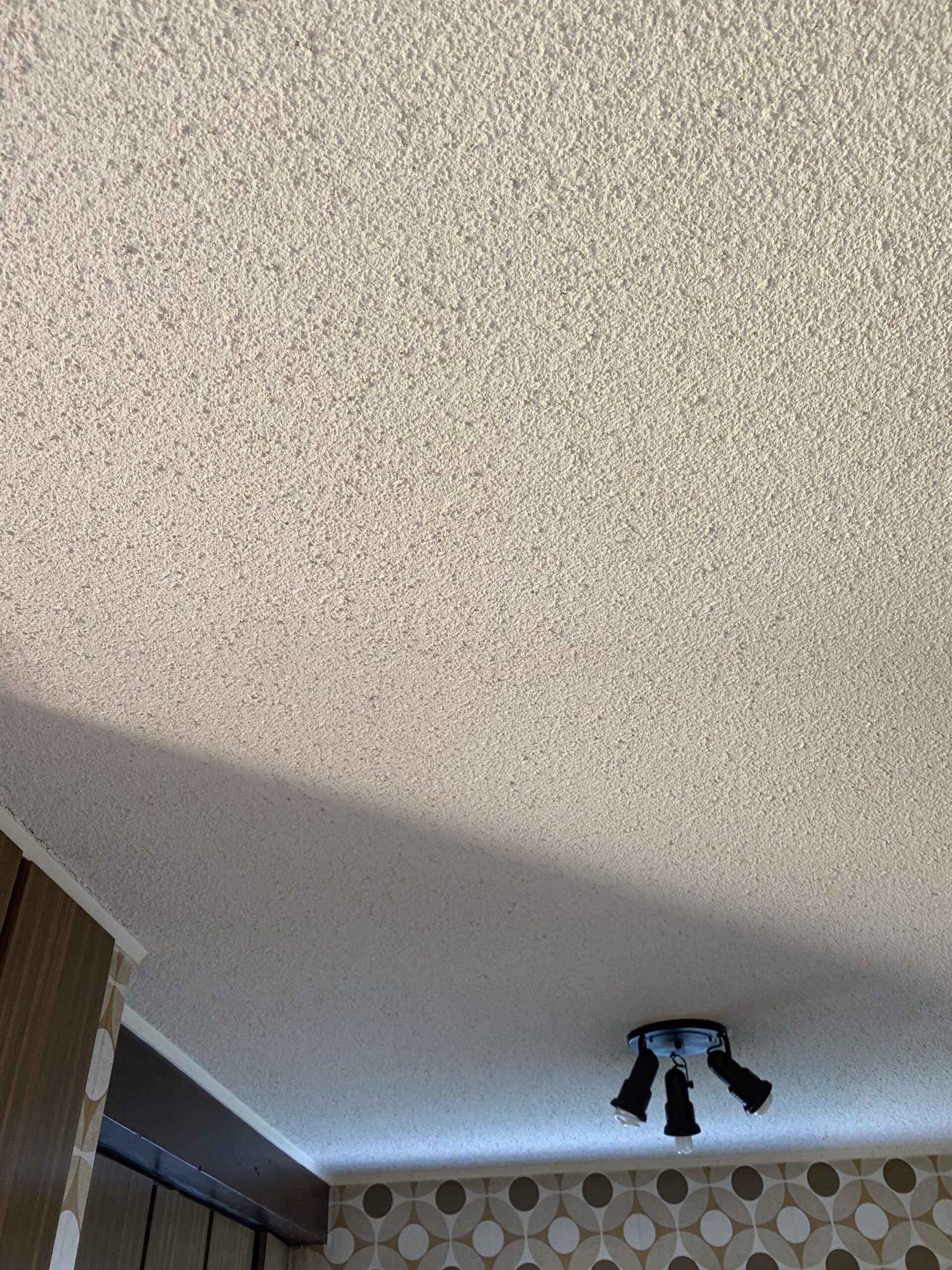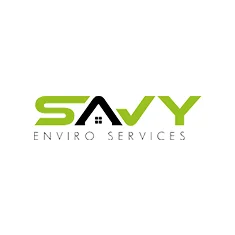If your home was built or renovated between 1950 and 2000, your textured ceiling may contain asbestos.
At Savy Enviro, we help New Zealanders test, manage, and safely remove asbestos from their homes – including “popcorn” or “cottage cheese” ceilings.
Do My Textured Ceilings Contain Asbestos?
In New Zealand, textured ceilings were popular from the 1950s to the 1980s. These finishes were sprayed or painted with a mixture that often included asbestos fibres for strength and fire resistance.
Common names for these ceilings:
- Popcorn ceilings
- Cottage cheese ceilings
- Textured plaster ceilings
Not all textured ceilings contain asbestos – but many do. The only way to be sure is to get it tested.
When to Test for Asbestos in Ceilings
We recommend asbestos testing before:
- Renovations or home improvements
- Painting, sanding, or drilling your ceiling
- Replacing insulation or light fittings
- Selling or buying an older home
Even minor work can disturb hidden fibres, which pose serious health risks.


Are Asbestos Ceilings a Health Risk?
It depends on their condition.
If undisturbed and in good shape, asbestos ceilings pose little risk. The fibres are sealed within the material.
But if damaged or disturbed, tiny asbestos fibres can be released into the air – where they can be inhaled and cause serious health issues like mesothelioma and lung cancer.
Avoid:
- Scraping
- Drilling
- Nailing
- Sanding
What If My Textured Ceiling Contains Asbestos?
Don’t touch it. Even minor damage can release fibres.
Your options include:
Leave it
If the material is stable, our team can create a management plan to help monitor it safely.
Encapsulate it
Encapsulation involves sealing the ceiling with a coating that prevents fibres from escaping.
Remove it
If the ceiling is damaged or renovation is planned, asbestos removal may be the safest option. We’re fully licensed and follow WorkSafe NZ regulations.
Common Questions About Textured Ceilings in NZ
How do I test for asbestos in a popcorn ceiling?
We offer professional sampling and lab testing for textured and popcorn ceilings.
How much does it cost to remove asbestos from a ceiling?
Costs vary depending on area size, accessibility, and ceiling type. Contact us for a site-specific quote.
Are 1960s–1980s homes likely to have asbestos?
Yes. Many homes from that era used asbestos in ceilings, walls, floors, and insulation.
Why Choose Savy Enviro?
- Certified asbestos assessors and removalists
- WorkSafe NZ compliant
- Safe testing, and removal
- Trusted by NZ homeowners and builders
Suspect Asbestos in Your Ceiling? Get in Touch
If you think your textured ceiling may contain asbestos, don’t risk it.
Call us now or Book an inspection online.
We’re here to help keep your home safe – the smart way.


